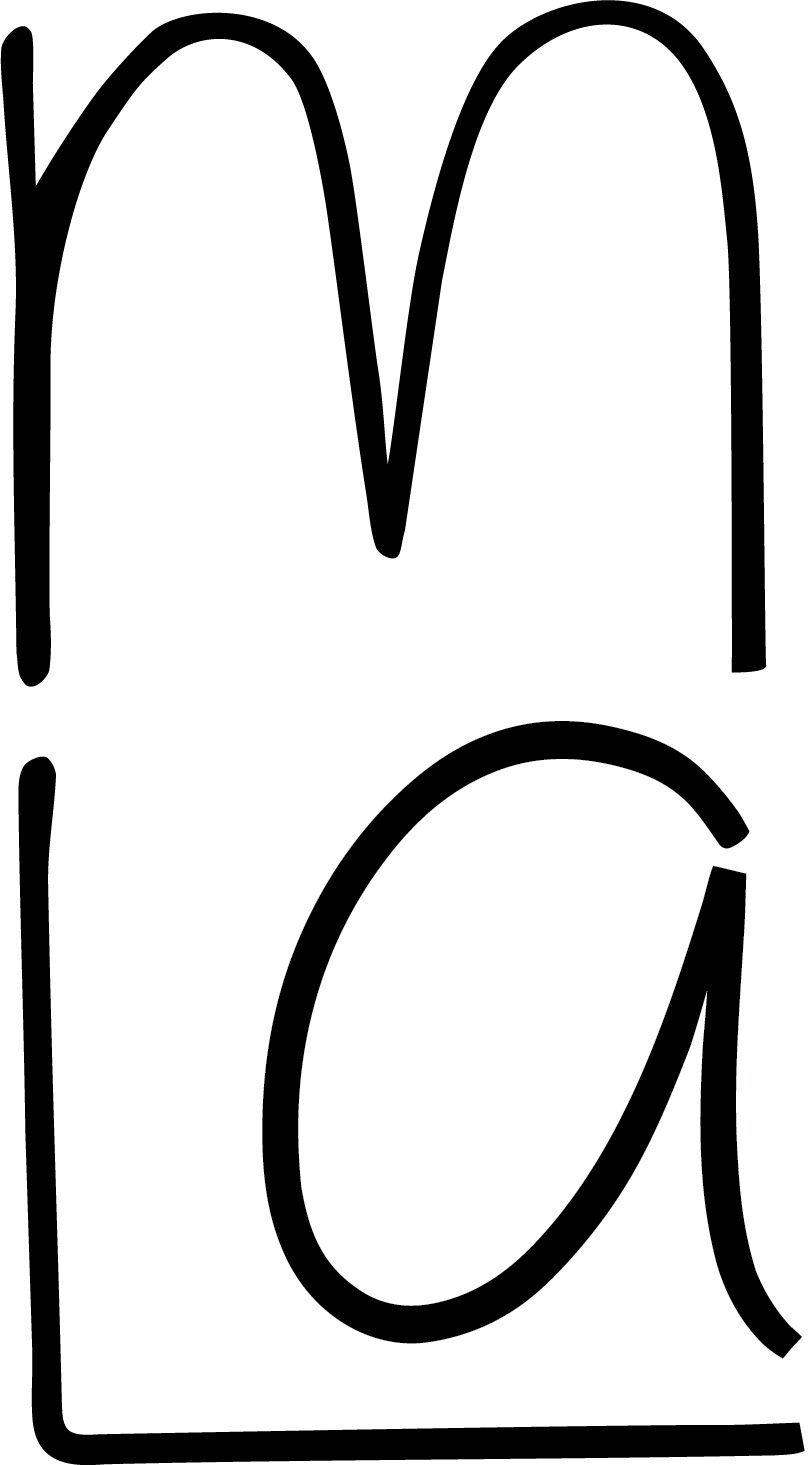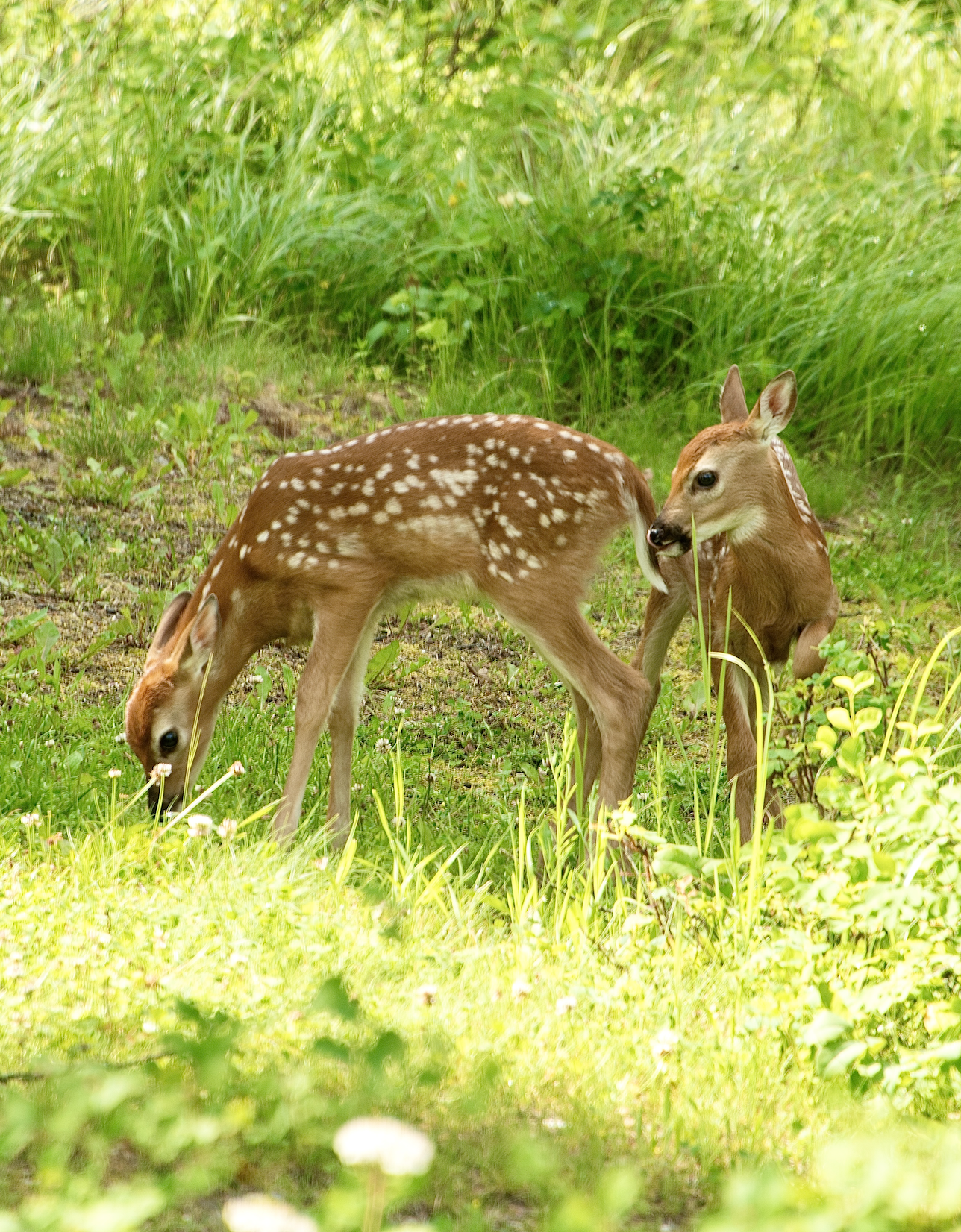Early last week, a couple-week-old singleton was bedded down in my front yard. I was honored and felt “chosen” to get to bare witness to this young fawn’s new life. I stayed inside, kept quiet, while I looked out for predators and took notice of mama’s visits to feed her newborn.
I watched the little one relocate themselves when it rained. I watched as they got up to stretch and how they cautiously peered over the fence rail waiting for mama’s return.
Tuesday I noticed mama hadn’t shown up on the game cam for an extended period of time. My human-worry-button went off. What if the fawn was dehydrated? What if they needed to eat or poo and couldn’t do that without her (she licks their behind to stimulate a bathroom break)? What if they were feeling abandoned?
The majority of humans I know tend to anthropomorphize (attribute human qualities to non-human things), which was what I immediately started doing. I put the worry and fear I would experience onto this fawns situation. Unfortunately, when we anthropomorphize, we limit or erase the space for non-human beings to experience their own umwelt (their own surroundings or environment; the outer world as perceived by the one within it). The reality is, we see the world through our personal lens, but the world, in actuality, is greater than we can ever imagine.
Luckily, nature has a way of showing me just how ‘human’ I am by proving my feelings wrong and showing up in a way I don’t imagine. Sure enough, Tuesday evening, mama showed up on the game cam and after feeding her lil one, baby followed mom as they relocated out of my yard.
Wednesday came and went, with no sight of mama or her baby, and then, on the way to the bathroom, Thursday morning, I saw spots zoom by the front window. I quietly walked over with my camera to capture the scene outside. The little fawn was having some morning zoomies around the fire pit. But they weren’t alone - their twin was with them!
It’s no surprise, now, that mom spent so much time away from the little newborn in the front yard… she had another newborn bedded down elsewhere that she also needed to tend to (twin fawns can be separated by up to 200 feet). Lactation is the most energetically demanding activity of any mammal and mothering doe’s need 4.7 times their BMR (is the number of calories your body needs to accomplish its most basic life-sustaining functions) to nurse twins. That’s a lot of foraging!
I hope you enjoyed this lil peek into my week. I love having someone to share the enchantment of my creative, wild life with.
Until next time,
Mal








